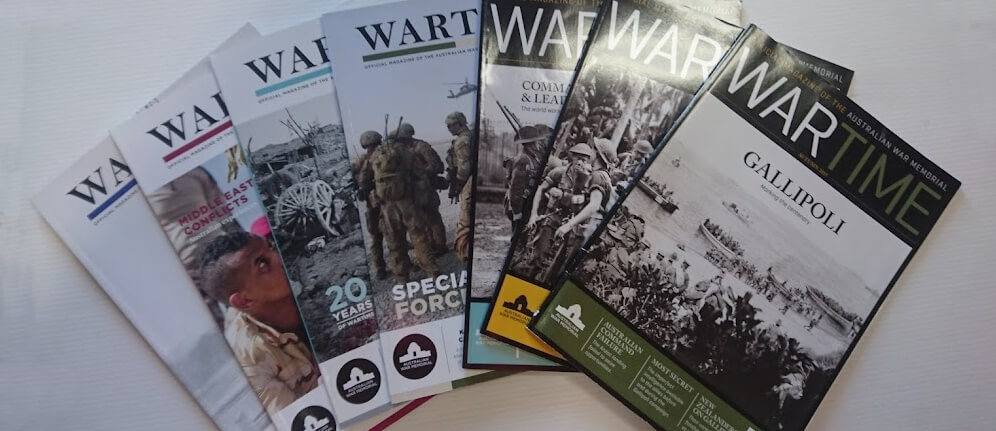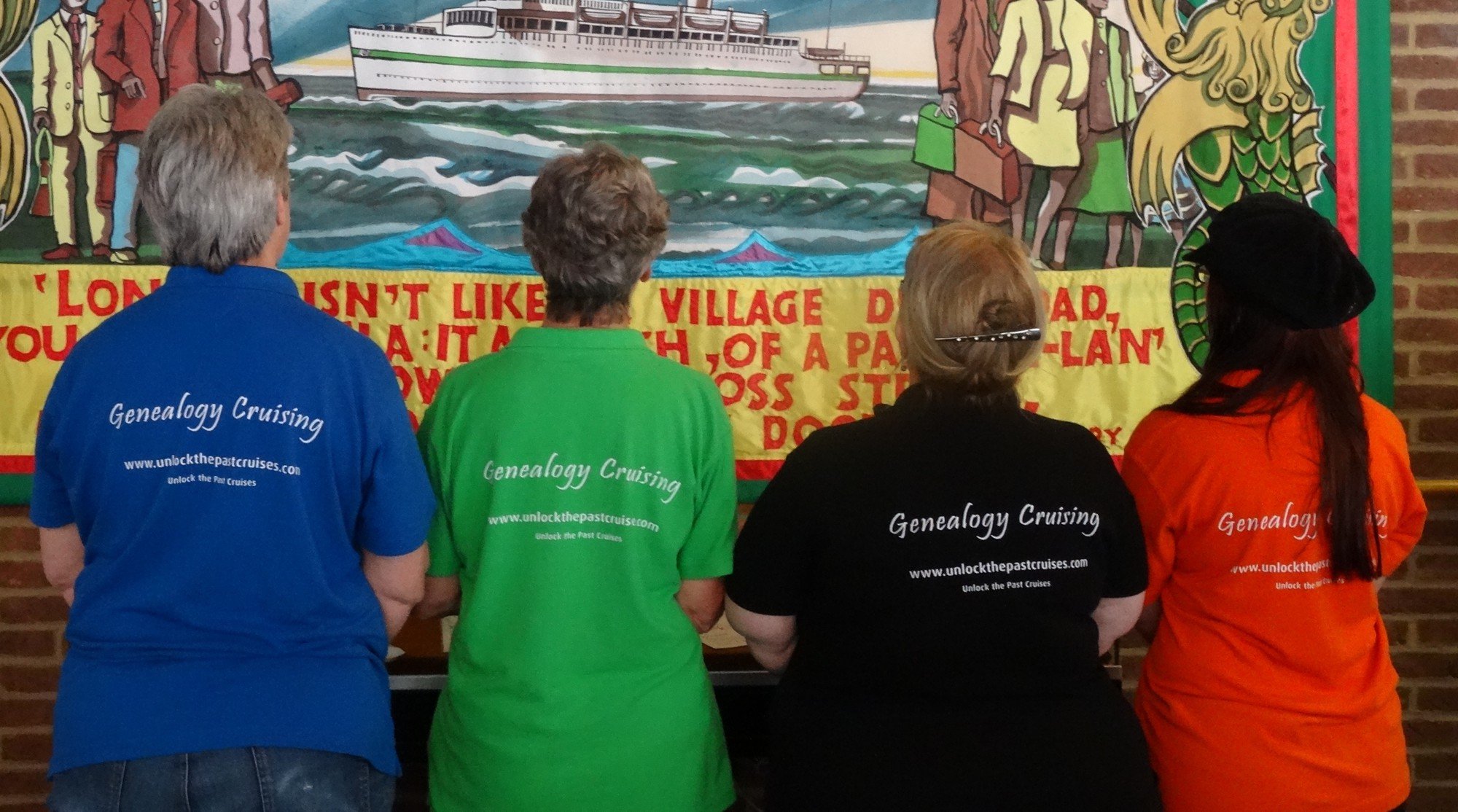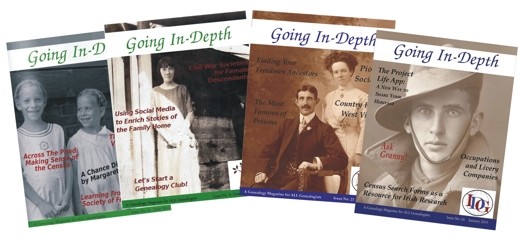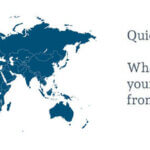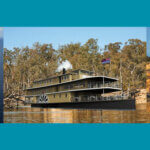‘Wartime’, the official magazine of the Australian War Memorial, is a must-have for anyone with an interest in history.
Published quarterly, it’s devoted to the Australian experience of war, military history and the effects of war on society. The in-depth features are written by eminent historians and deal fully and frankly with both the distressing and the lighter sides of war. Each issue delivers many stories of courage and survival of both service personnel and civilians, illustrated throughout by incredible images from the AWM archives.
The magazine started back in 1997, and in still being produced today. However we do have a few back issues of this magazine, that we are clearing. These are second-hand, but in reality have been read once, and put back on the the shelf, so they are in ‘as good as new’ condition.
We have one copy of each issue, and we’re selling each for AUD$11.50 (which includes postage within Australia). But once they are gone, they are gone.
TO ORDER
To order please email inquiries@gould.com.au, or phone us on (08) 8263 2055.
Wartime Issue 70 – Autumn 2015
Gallipoli: : A desperate measure; Most secret: Was there allied intelligence for the Gallipoli expedition?; An Australian Command failure: Than Anzac landing failed to seize opportunities; New Zealand on Galliipoli: Their contribution to fateful actions came at immense cost; The Gallipoli defence: Turkish difficulties created opportunities that were missed by their enemy; Assault at Cape Helles: The British landings were also flawed; The French landing at Kum Kale: A diversionary operation protected some British landings at Cape Helles; Return to Gallipoli: The veterans of 1915 went back as pilgrims in 1965. Tundrebolts and flies: Sanitation on Gallipoli; The Other Gallipoli film; Mortars on Gallipoli: Simple weapons made a difference … for a time; The Last Post: Private Thomas Anderson Whyte 1886-1915.
Wartime Issue 71 – Winter 2015 SOLD
Rethinking why the Allies won: New research offers a range of new perspectives on this vital question; Australia and the Second World War: The great mobilisation helped shape the Australia we know today; The Battle of Berlin: Hundreds of thousands died in the campaign that ended the war; Forced marches 1944-45: With the Allies closing in on them, the Nazis forced their prisoners to flee from rescue; Liberation of the camps: What was found in European concentration camps stunned rescuers and the world; Nightmares beyond atomic bombs: Analsysis of US plans shows that the en d of the war could have been even more destructive; “As British as Churchill”: John Curtain sustained an imperial vision, even as he fought for Australia’s interests; Australia’s campaigns in 1945; The Changi complex: Stories by prisoners of war in Changi provide unique insight in a new Memorial book; No fresh water and no bridge: Paintings recall life on the Bribie Island coastal defence station; Witnessing captivity; Operation Render Safe; The Changi Complex; Behind the Scenes: Aboriginal Service history; Mephisto at the Memorial; The Last Post: Private Lawrence Phillip Saywell 1918-1945.
Wartime Issue 73 – Summer 2016 SOLD
Hitler as military leader: By his own account a genius, was Hitler chiefly responsible for Nazi Germany’s defeat?; Masters and Commanders: Anglo-American grand strategy in 1941-45 was not the creation of the famous generals; The German Army Command: How much power did Germany’s generals actually wield at home and on the front in 1914-18? Rise, Fall and Rise of Douglas Haig: Judgements about the British leader have dominated scholarship on the First World War; The outsider as insider: Sir John Monash was responsible for the Australian Corps’greatest victories on the Western Front; Blamey, Macarthur and Curtin: How these men directed much of Australia’s effort in the Second World war; Who called for a ceasefire? Gallipoli 1915: The brief truce at Anzac was needed, trick to negotiate, and raised issues of pride; Command in contemporary coalitions: Some issues remain the same as in the past, but some are new; Chauvel in Palestine: Sir Henry Chauvel led the Desert Mounted Corps to victory in the Middle East; Communication and control at Amiens; Spirit of the squadron; Squadron Leader John Francis Jackson DFC; The Last Post: Major General William Holmes CMG DSO VD 1862-1917.
Wartime Issue 77 – Summer 2017
“Blitzkrieg – Exploding the myth: The Nazi regime was committed to a strategy that had many flaws built into it; Grinding to a halt: Operation Barbarossa, Hitler’s invasion of the Soviet Union, had more than a determined enemy to deal with; Surviving the Holocaust: Remembering survivors from Hitler’s Europe who made new lives in postwar Australia; Pearl Harbor 75 years on: The famous battle is still open to new interpretations; A Japanese invasion?: A proposed invasion of Australia was never a realistic proposition; Fighting for time: The Japanese driving charge proved too much for British and Commonwealth forces in the Malayan campaign; The beginning of the end: One catastrophic night in the battle for Singapore; From toothpaste tubes: An Axis ornament; War in the sand pit: Souvenir of Zentsuji; Captured Japanese film; The Last Post: Lance Corporal John Hill, 2/4th Machine Gun Battalion 1912-1943.
Wartime Issue 78 – Autumn 2017 SOLD
Serving honourably in Iraq: Australia made a significant contribution to the controversial war; Collecting history as it happens: Three Memorial curators recently visited Army Forces in Iraq; Make Mosul great again: Memorial curators spent time among Australian forces and discovered tales of Taji and Iraq. Airworthy again: Years of work have gone into the restoration of the Memorial’s Lockheed Hudson; Shared experiences: An artist helping to tell the stories of Vietnamese who came here after the war; Why war art speaks to us: Artists of the Second World War captured the incredible events happening around them; A tale of two tanks: Mephisto was not the first tank to cause a stir on arrival in Australia … meet Grit; A glimpse of horror: An anonymous x-ray from the Western Front reveals the brutality of war; Alone in ruins: Charles Bean’s captured a poignant reminder of the effect of war in France; The Yoizuki Affair; Dropping in at Hamel: An Australian innovation; Alone in the ruins; Fore the record; Arab in the fjord; Victory contingent: What did it mean when Australia sent ex-service personnel to celebrate the Empire in 1946?; The Last Post: Lance Corporal Sydney Cooper, 48th Battalion 1895-1917.
Wartime Issue 80 – Spring 2017 SOLD
The most dangerous battle: At Passchendaele, Haig endangered the cause of the Entente almost fatally; From mutiny to renewal: the effective leadership behind the French Army’s successes in 1917; No wonder weapon: Tanks were at first ineffective and a real danger to the men inside; the gun with three lives: The miens gun began service with SMS Hessen in the battle of Jutland; The tragedy of Passchendaele: Repeated assaults could not overcome bad planning and the infamous mud, resulting in immense losses; Faces of war: The Australian soldiers whose lives were changed through severe facial wounds; Beersheba and its myths: In the centenary of the deservedly famous charge, it is time to put it into its historical context; Experienced, competent and robust: Bu 1917 Australian infantry battalion commanders. had been given ample chance to learn their craft; A divided Australia: The conflict over conscription during the First World War created intense divisions; Taken from the top: As ‘Wartime’ celebrates its 20th birthday, four editors share their favourite moments; Inside the frame; Capturing Polygon Wood; Passchendaele 1917 – the worst year; The Last Post: Corporal Ernest Lionel Bailey 1886-1918.
Wartime Issue 81 – Summer 2018 SOLD
The operators: Australia’s Special Forces have many remarkable individuals; The Kaiapit Capture: Australian commandos in New Guinea in 1943; The tip of the spear: The role of Special Forces in the war on terror; From the shadows: The Memorial’s new exhibition offers an unprecedented look at the history, capabilities and deployments of Australia’s Special Forces; The Australia folboat: Collapsible kayaks blayed a key role in highly secret operations; With the Partisans: Two Australian former prisoners fought with the Partisans in n orfthern Italy and for the British Special Operations Executive; With the Dayaks in Borneo: Air-dropped into enemy-held territory, a small Allied force prepared the way for the final assault; Aussies in the Arctic: An RAAF squadron played a small but important role in the delicate diplomacy of the Second World War; Troopers, not trackers: There is no proof that Indigenous men went to the Boer War as trackers. Patrol self portraits; Uncommon weapons for an uncommon force; Commandos of Baghdad; The Last Post: Signaller Sean McCarthy, Special Air Services Regiment 1983-2008.

